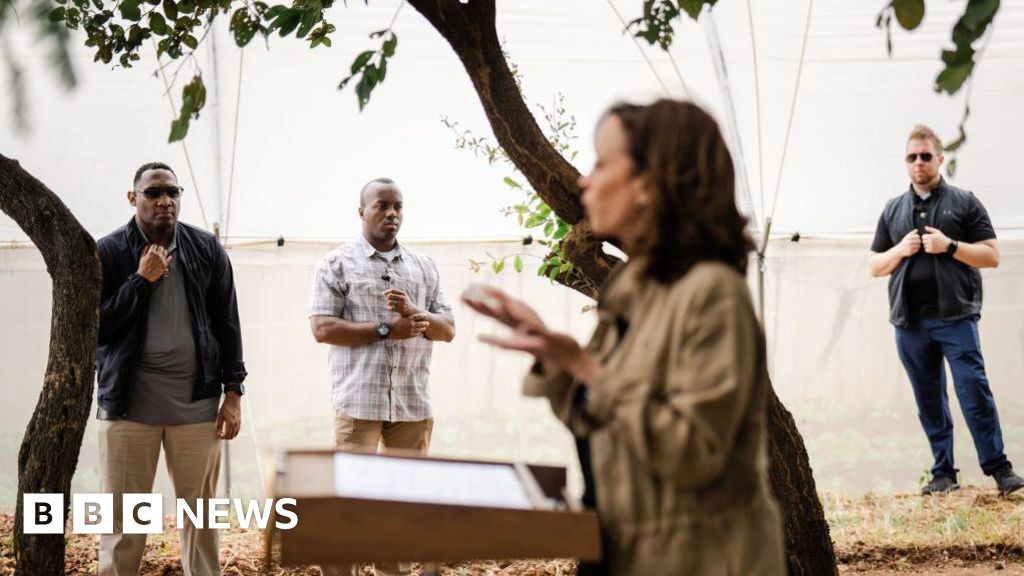Is poor communication stunting your company’s growth?

The sound of crickets isn’t always a sign of a peaceful night; sometimes, it’s the deafening silence of unasked questions in a virtual meeting, or an email left unread in an overflowing inbox. Especially as hybrid and remote work become the norm, communication silos are quietly eroding company culture, stalling execution, and capping growth. A 2024 report reveals that miscommunication costs companies with 100 employees an average of $420,000 per year. This is the “why aren’t we working” moment.
I’ve spent years observing how companies thrive or falter, and it’s clear that communication isn’t a soft skill, but a strategic system. The next generation of high-performing executives will stand out by communicating clearly, consistently, and across every level of the organization.
Here are five strategies to transform your communication and scale your company culture:
1. TREAT COMMUNICATION AS A TWO-WAY SYSTEM
Many leaders view communication as a one-way street: “I have the idea, we have the plan, now we just have to cascade it down.” However, this top-down approach misses a crucial opportunity, especially in larger organizations where people can easily get bombarded with information. When messages are constantly flowing downward, it becomes difficult for employees to discern what’s a priority to read, leading to important information getting lost.
Instead, you should rethink communication as a two-way system. This means creating space for questions and input from your team regarding the information being shared. For instance, rather than just sending out a weekly division email with mandatory and optional reads, actively solicit feedback or hold quick discussions in weekly team meetings to ensure key information is understood and to create a dialogue around it. This shift from a purely distributive model to an interactive one ensures that your communication is processed, understood, and acted upon.
2. CHALLENGE THE ‘TOP-DOWN’ MINDSET IN HYBRID ENVIRONMENTS
Most companies falter in scaling culture in hybrid or remote environments by relying solely on a top-down approach. The assumption is often that those in management positions have the best ideas for keeping everyone informed. However, in a remote setting, this often translates to an overreliance on written communication like emails and chat channels, leading to less verbal communication and actual interaction.
Instead of dictating, actively seek input from your teams on what information they want, the preferred cadence, and how to best share it in a distributed environment. Continuously check in with your team about what’s working and what could be better regarding communication strategies. What works today might not be effective next month, so being willing to adapt and evolve your approach is crucial for sustained growth.
3. BUILD CONNECTION TO BREAK DOWN SILOS
The most damaging communication silos emerge when people aren’t connected, a problem exacerbated in remote environments. To dismantle these silos, build connection directly into your team processes. Start by involving and engaging team members in the hiring process of their peers, which is a foundational step toward creating relationships and making communication easier. If a position you’re hiring interacts with another department, include someone from that team in the hiring process. You’re building connection and communication from the start.
Beyond hiring, work with your team to identify and establish clear expectations for how you’ll work together, support one another, and communicate. These “team agreements” should be collaborative guidelines that foster commitment and ownership because the team themselves generated the ideas. For instance, a team agreement could be to “go direct” when issues arise, preventing festering problems and encouraging proactive, respectful dialogue to gain clarity or get things back on track.
4. EMBRACE TRANSPARENCY, ESPECIALLY DURING TOUGH TIMES
Effective communication built on trust and transparency can lead to remarkable outcomes, even in the face of significant challenges. We once worked with a client that had fostered a culture of high performance, characterized by open, two-way communication and a belief in their team members’ capabilities. When they lost a major customer, facing the need to reduce costs quickly without layoffs, they mobilized cross-functional teams involving employees from all levels, from senior leadership to production line workers.
Within 60 days, these teams identified over a million dollars in cost savings. This success significantly boosted morale and financial gains. Employees felt empowered and excited by their collective contribution, asking, “What’s our next goal?” This example highlights how transparent communication—especially when delivering tough news—and actively involving employees in finding solutions can galvanize a workforce and lead to both execution gains and enhanced morale.
5. ASK MORE OPEN-ENDED QUESTIONS
The most impactful communication habit you should adopt is simple: Ask questions. Encourage your direct reports to ask their teams questions like, “What are we doing to improve communication within our group?” or “What ideas do your teams have for ways to improve communication?” This approach signals the importance of communication as a strategic element and encourages a different kind of thinking and action within teams. After all, people typically do what they are asked about.
Open-ended questions are particularly effective as they prompt deeper thought and allow for a broader exploration of ideas, helping you paint a bigger picture of your vision when clarifying questions arise. This fosters a more engaged, two-way conversation that leads to greater commitment and better solutions from your teams.
By approaching communication as a two-way street, challenging top-down norms, and asking strategic questions, you can empower your teams and ensure your culture thrives, no matter how much your organization scales.
What's Your Reaction?
 Like
0
Like
0
 Dislike
0
Dislike
0
 Love
0
Love
0
 Funny
0
Funny
0
 Angry
0
Angry
0
 Sad
0
Sad
0
 Wow
0
Wow
0



















































![Øyunn finds "New Life" in latest single [Music Video]](https://earmilk.com/wp-content/uploads/2025/08/oyunn-800x379.png)











































